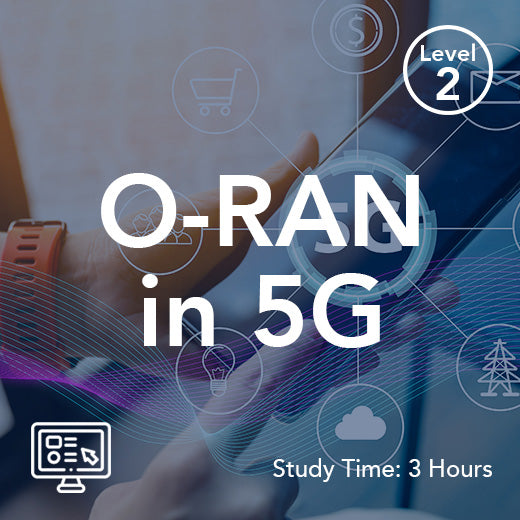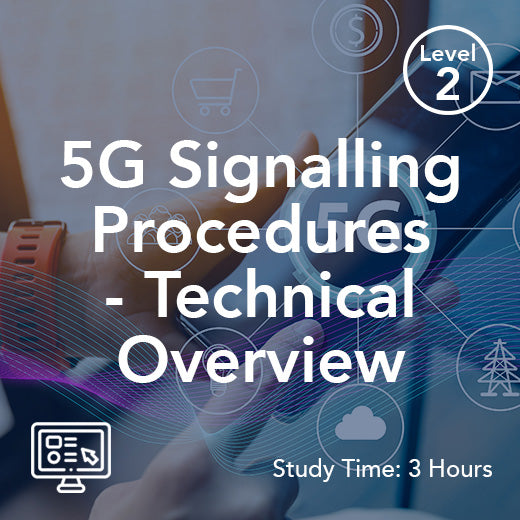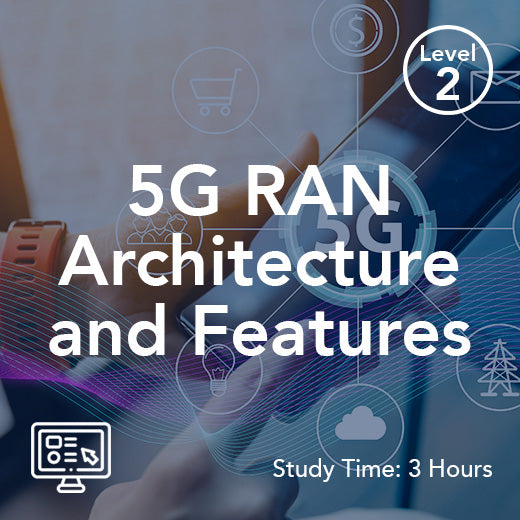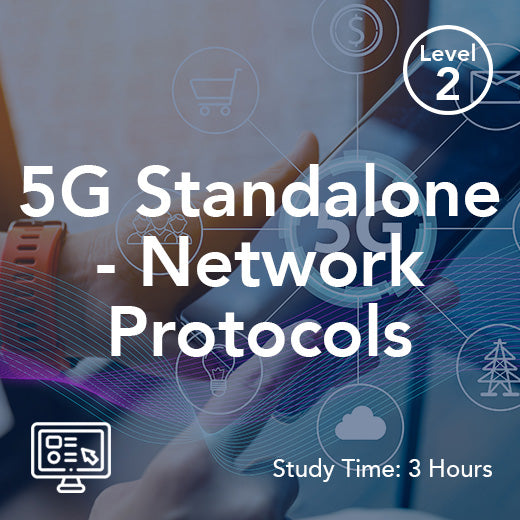What is massive IoT in 5G?
- , by Paul Waite
- 2 min reading time
Massive IoT, also known as Massive Machine Type Communication (mMTC), is one of the three main use cases for 5G technology, alongside enhanced Mobile Broadband (eMBB) and Ultra-Reliable Low Latency Communication (URLLC). Massive IoT refers to the ability of 5G networks to support a large number of low-power, low-cost devices that require sporadic or infrequent data transmission.
In the context of 5G, massive IoT is expected to enable the connection of billions of devices to the internet, ranging from smart meters and sensors to wearable devices and industrial machinery. These devices typically generate small amounts of data and operate on low power, making them ideal candidates for deployment in massive IoT networks.
One of the key features of 5G technology that enables massive IoT is its ability to support a large number of connections simultaneously. Unlike previous generations of mobile networks, which were designed primarily for high-speed data transmission to a limited number of devices, 5G networks are optimized to handle a massive number of connections with varying requirements in terms of data rates, latency, and reliability.
To achieve this, 5G networks use a combination of advanced radio access technologies, such as massive MIMO (Multiple Input Multiple Output) and beamforming, as well as network slicing and edge computing. These technologies enable 5G networks to allocate resources dynamically based on the specific needs of each device, ensuring efficient use of network resources and optimal performance for all connected devices.
In addition to supporting a large number of devices, 5G networks also offer improved coverage and reliability compared to previous generations of mobile networks. This is achieved through the use of higher frequency bands, such as mmWave, which enable faster data transmission speeds and lower latency, as well as improved indoor coverage and capacity.
Furthermore, 5G networks are designed to be more energy-efficient than previous generations of mobile networks, which is essential for supporting the large number of low-power devices that are expected to be connected to massive IoT networks. By optimizing network resource allocation and implementing power-saving features, 5G networks can ensure that connected devices can operate for extended periods without requiring frequent battery replacements.
Overall, massive IoT in 5G has the potential to revolutionize the way we interact with the world around us, enabling a wide range of new applications and services that were previously not possible. From smart cities and connected vehicles to industrial automation and healthcare monitoring, the possibilities for massive IoT in 5G are virtually limitless.
In conclusion, massive IoT in 5G represents a significant step forward in the evolution of mobile networks, enabling the connection of billions of devices to the internet and unlocking a new era of connectivity and innovation. As 5G networks continue to roll out globally, we can expect to see a proliferation of new IoT devices and services that will transform the way we live, work, and play.
In the context of 5G, massive IoT is expected to enable the connection of billions of devices to the internet, ranging from smart meters and sensors to wearable devices and industrial machinery. These devices typically generate small amounts of data and operate on low power, making them ideal candidates for deployment in massive IoT networks.
One of the key features of 5G technology that enables massive IoT is its ability to support a large number of connections simultaneously. Unlike previous generations of mobile networks, which were designed primarily for high-speed data transmission to a limited number of devices, 5G networks are optimized to handle a massive number of connections with varying requirements in terms of data rates, latency, and reliability.
To achieve this, 5G networks use a combination of advanced radio access technologies, such as massive MIMO (Multiple Input Multiple Output) and beamforming, as well as network slicing and edge computing. These technologies enable 5G networks to allocate resources dynamically based on the specific needs of each device, ensuring efficient use of network resources and optimal performance for all connected devices.
In addition to supporting a large number of devices, 5G networks also offer improved coverage and reliability compared to previous generations of mobile networks. This is achieved through the use of higher frequency bands, such as mmWave, which enable faster data transmission speeds and lower latency, as well as improved indoor coverage and capacity.
Furthermore, 5G networks are designed to be more energy-efficient than previous generations of mobile networks, which is essential for supporting the large number of low-power devices that are expected to be connected to massive IoT networks. By optimizing network resource allocation and implementing power-saving features, 5G networks can ensure that connected devices can operate for extended periods without requiring frequent battery replacements.
Overall, massive IoT in 5G has the potential to revolutionize the way we interact with the world around us, enabling a wide range of new applications and services that were previously not possible. From smart cities and connected vehicles to industrial automation and healthcare monitoring, the possibilities for massive IoT in 5G are virtually limitless.
In conclusion, massive IoT in 5G represents a significant step forward in the evolution of mobile networks, enabling the connection of billions of devices to the internet and unlocking a new era of connectivity and innovation. As 5G networks continue to roll out globally, we can expect to see a proliferation of new IoT devices and services that will transform the way we live, work, and play.

































